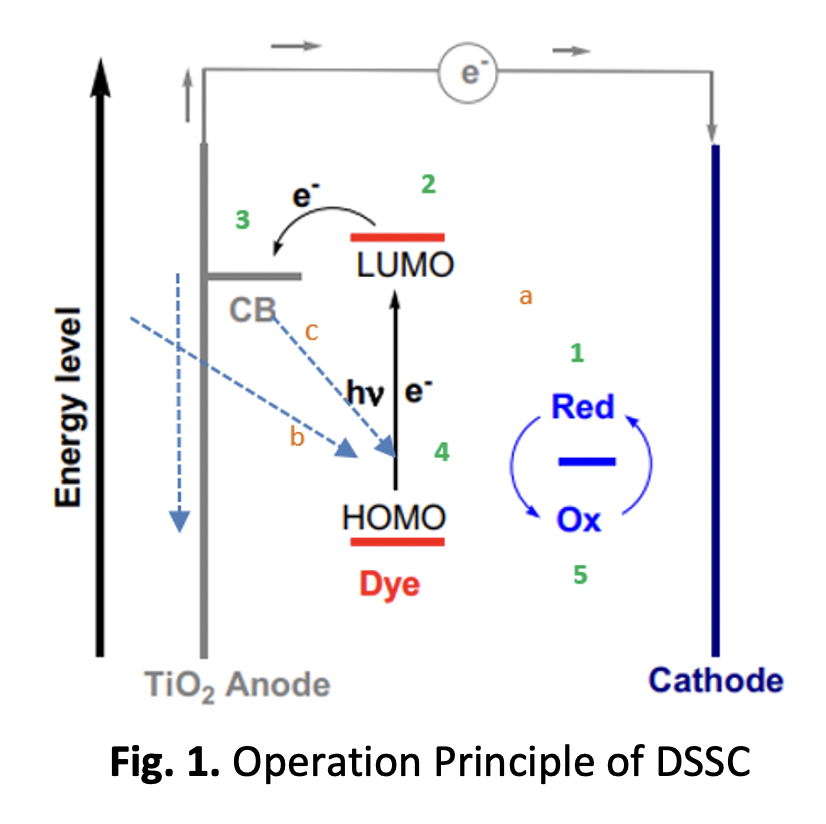Growth Time Dependence on ZnO Nanorods Photoanode for Solar Cell Applications
DOI:
https://doi.org/10.37934/araset.31.2.339351Keywords:
Zinc Oxide, Nanorods, Dye-sensitized solar cell, Photoanode, HydrothermalAbstract
This work focuses on Zinc Oxide (ZnO) nanorods as the photoanode in Dye-Sensitized Solar Cell (DSSC). The photoanode protects the dye molecules and enables the energetic absorption of photogenerated electrons from the active state of the natural dye. The primary goals are the fabrication of ZnO nanorods on ITO, the investigation of the structural, optical and electrical properties of the synthesized ZnO nanorods, and the performance evaluation of the ZnO nanorods-based DSSC. The hydrothermal process is used to produce ZnO nanorods at an annealing temperature of 90°C. For structural characterization, a scanning electron microscope (SEM) with specific field ranges and magnification utilized to analyze and evaluate the composition of ZnO nanotubes. X-ray diffraction measurements with data processing are carried out in order to classify the crystalline process of the materials and provide information on cell unit size. Alternatively, UV analysis is used to demonstrate optical characteristics. Ruthenium was implemented as a natural dye, and four samples of ZnO nanorods with different development durations were tested for current density and voltage using an automated multimeter and UV irradiation. Calculations are performed for both current and voltage outputs of the DSSC.
Downloads





























